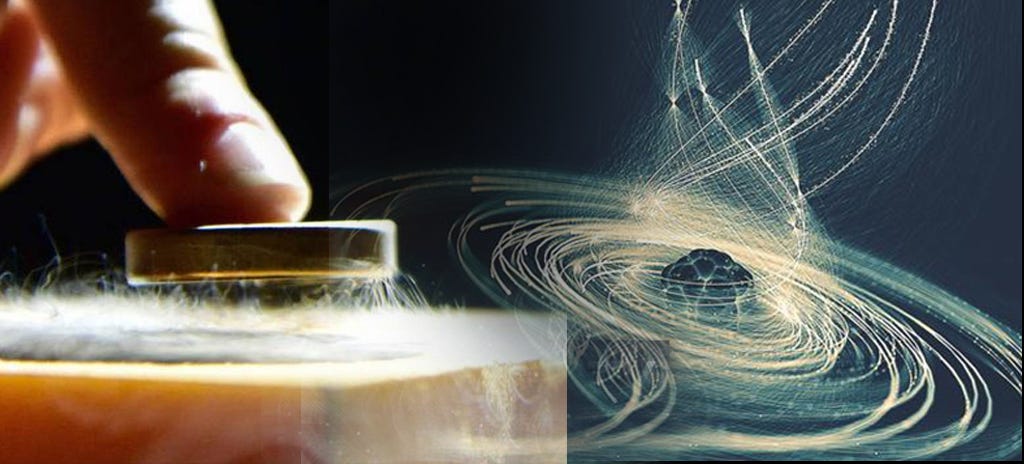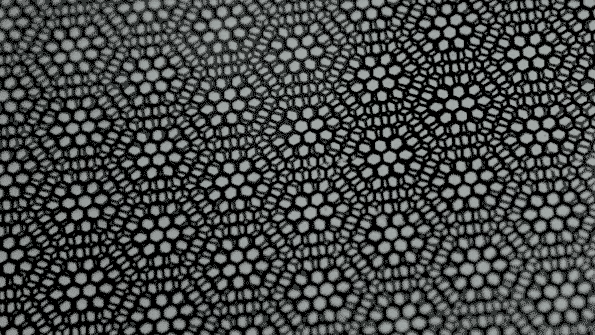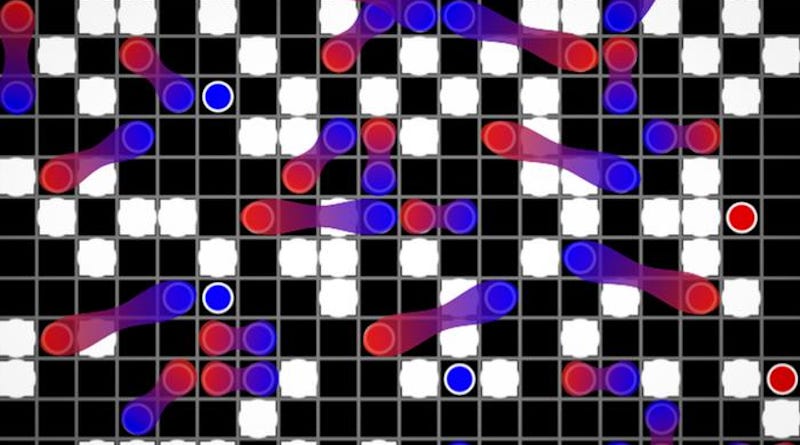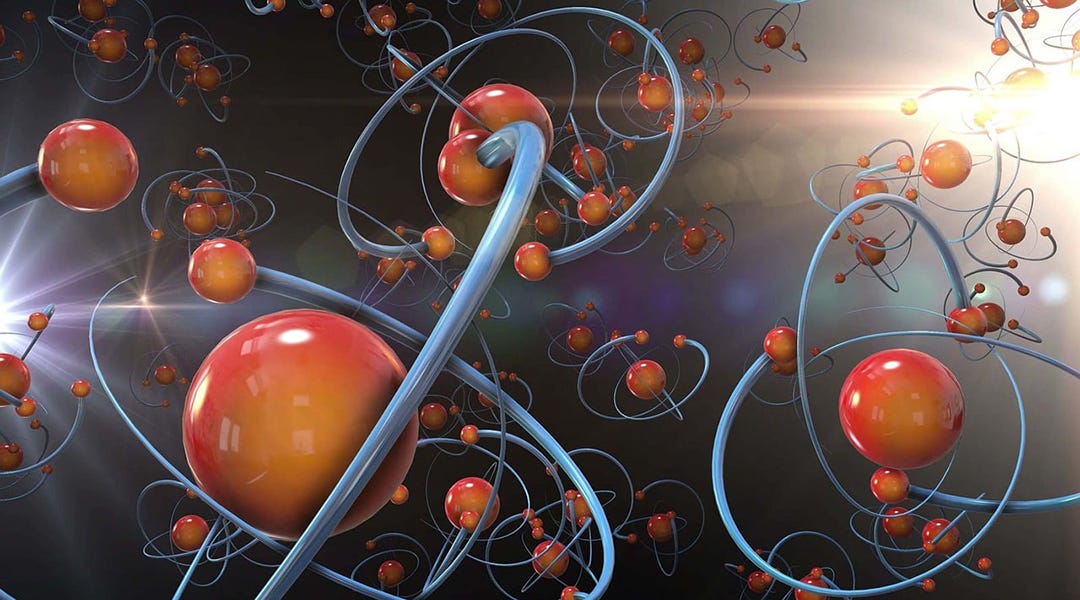The Magic Angle: How a Tiny Twist in Layered Graphene Unlocks Superconductivity
Magic Angle Superconductivity
A few years ago, I stumbled upon a paper about “magic-angle graphene.” At first, it was just jargon: electrons, layers, and superconductivity, words that felt almost magical. I didn’t understand much.

But something clicked. A tiny rotation of two sheets of carbon atoms could create entirely new behaviors in matter.

It’s moments like these that make you fall in love with science. The universe hides secrets in the tiniest details, and sometimes, a simple twist is all it takes to unlock them.
Graphene: The Wonder Material
Graphene is deceptively simple: a single layer of carbon atoms arranged in a honeycomb lattice. Imagine chicken wire, but at an atomic scale. It’s strong, flexible, nearly transparent, and conducts electricity faster than copper.
When isolated in 2004 by Andre Geim and Konstantin Novoselov, graphene was a Nobel-worthy marvel. One atom thick, yet strong enough to support thousands of times its weight, and conducting electricity almost perfectly.
Graphene was already remarkable. But what happens when you stack two layers and rotate one slightly?
The Twist that Changed Everything
Stacking two graphene sheets at a magic angle of about 1.1 degrees produces a moiré pattern, a visually mesmerizing interference pattern, like overlapping window screens. But this twist does more than look cool. It dramatically slows down electron motion, creating “flat bands” in the energy spectrum.
Think of electrons as tiny dancers on a crowded floor. In a single sheet, they move independently, like people walking through a plaza. But when slowed and constrained by the magic angle, they start noticing each other, interacting in ways that give rise to superconductivity — the ability of electrons to flow without resistance.
Why the Magic Angle Works (Intuition)
Normally, electrons in a material behave almost like isolated particles. They bump into each other, move freely, and mostly ignore one another. But in twisted bilayer graphene, the flat bands mean electrons kinetic energy is reduced, forcing them to interact strongly.
Analogy: Imagine a crowded dance floor. If everyone moves fast and independently, chaos reigns. Slow them down, and patterns emerge — coordinated dances, synchronized spins, and unexpected formations. That’s what electrons do in magic-angle graphene.
These interactions create Cooper pairs, electron duos that glide through the lattice without resistance. It’s quantum choreography at its finest.

A Brief Timeline
2004: Isolation of graphene; Nobel Prize awarded in 2010.
2018: Discovery of superconductivity in twisted bilayer graphene by Pablo Jarillo-Herrero’s team at MIT.
2019–2022: Researchers explore correlated insulators, strange metals, and different twist angles.
Today: Magic-angle graphene is a hotbed of experimental and theoretical research, inspiring new ideas in quantum materials and computation.
The Physics, Made Simple
Electrons normally move in energy bands, like cars on a highway. Flatten the highway, and traffic slows. When electrons slow down, interactions dominate — they can no longer ignore one another.
This is crucial for superconductivity. The electrons pair up, avoiding resistance, flowing effortlessly through the lattice.
Other materials achieve superconductivity under extreme conditions: high pressure, low temperatures. Magic-angle graphene does it at accessible conditions, making it not just fascinating, but potentially revolutionary.
Why Scientists Are Excited
1. Quantum Computing: Superconductors are essential for qubits and error correction.

2. Energy Efficiency: Lossless electron flow could revolutionize grids and electronics.
3. New Physics: Flat-band superconductivity challenges old theories and inspires new ones.

And beyond applications, it’s a philosophical thrill. A tiny rotation, a simple question — “what if we twist it slightly?” — leads to profound discoveries.
Common Questions & Misconceptions About Magic-Angle Graphene
Q1: Is magic-angle graphene just a gimmick?
A: Absolutely not. This isn’t some flashy lab trick — the superconductivity observed in twisted graphene is robust, reproducible, and highly unusual.
Scientists can reliably recreate the effect when they rotate graphene layers by ~1.1°.
It’s opened entirely new directions in condensed matter physics, like studying strongly correlated electron systems.
Think of it as discovering a hidden “rule” in a familiar game — something we knew existed but never realized could produce such astonishing results.
Q2: What’s actually happening to the electrons?
At the magic angle, electrons move slowly and interact strongly.
They form correlated states, sometimes pairing up to create superconductivity.
Analogy: Imagine a crowded dance floor — normally people bump around randomly, but at the right rhythm (magic angle), they start moving together perfectly.
Q3: Why is this exciting for quantum materials?
It’s a playground for quantum phenomena: superconductivity, correlated insulators, and more.
Each new discovery teaches us how matter behaves in extreme, precise conditions.
Think of it as exploring a hidden level in a game — physics surprises us when we tweak the rules just right.
Closing Note:
People rarely talk about topics like this, and I hope more people will make videos or write about them. I even learned so much myself while writing this. I was in a kind of flow state, researching this topic from morning until evening. Honestly, exploring interesting things like this inspires me to wake up and build something for tomorrow. I’m really hopeful that our new, advancing AI tools will help us uncover these types of interesting truths.
I’m still a beginner in this topic, so if I made any mistakes, I sincerely apologize, please point them out in the comments so I can revise. I hope you learned something new. Thank you so much for reading!






